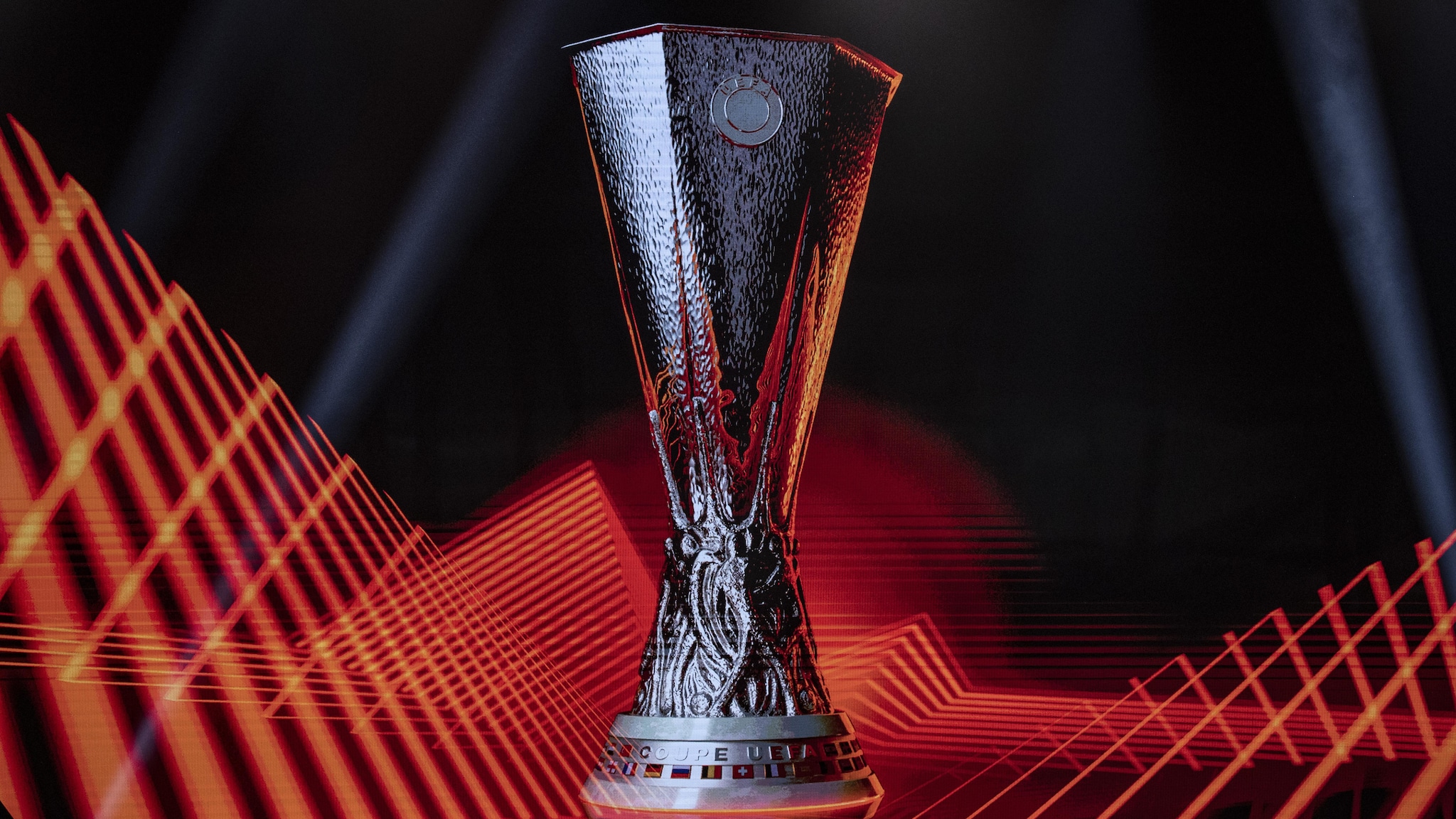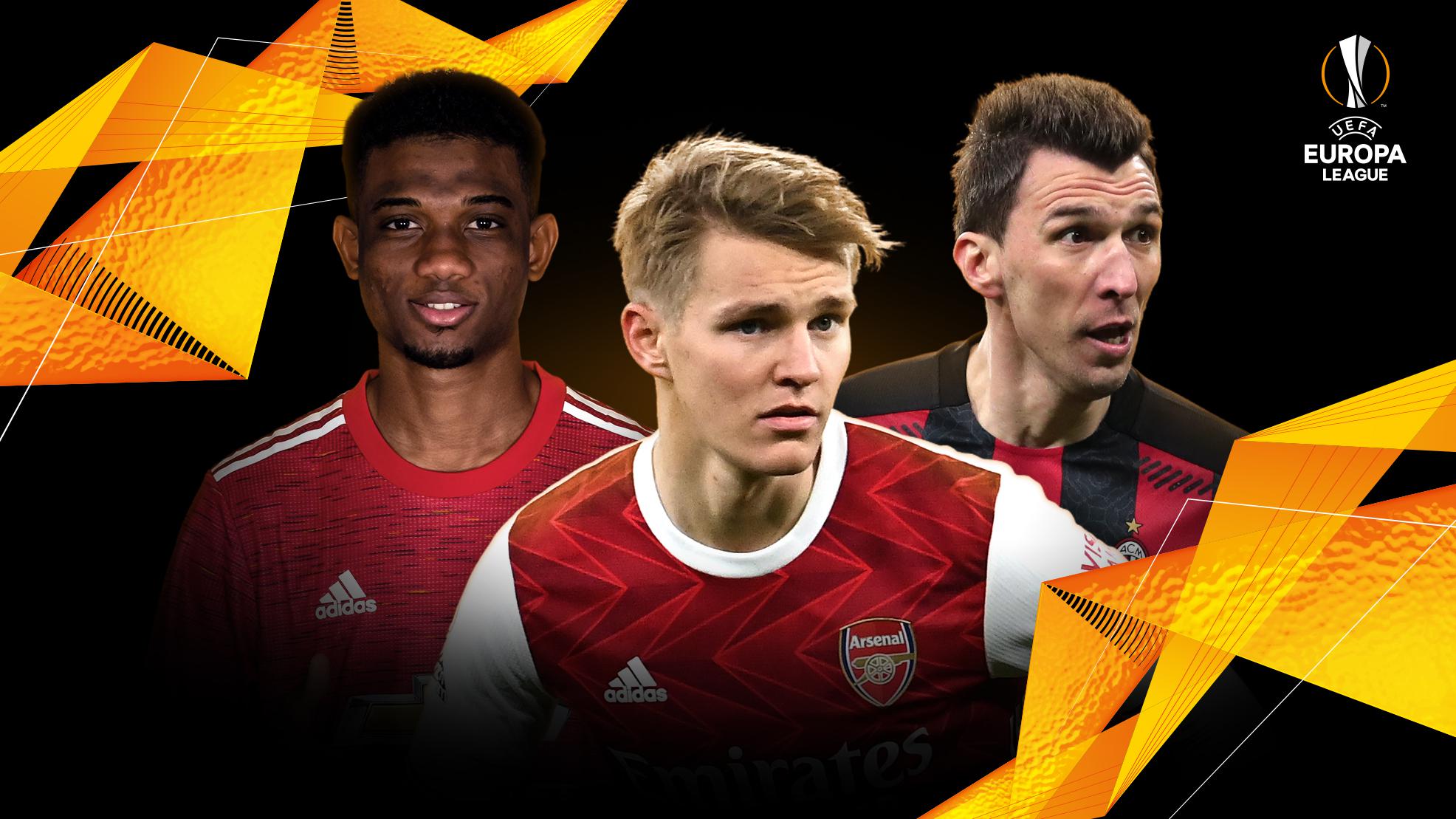UEFA Europa League Squad Changes Explained: Ange Explains UEFA Europa League Squad Changes
Ange explains UEFA Europa League squad changes – Navigating the complexities of the UEFA Europa League requires a deep understanding of squad regulations and the managerial strategies employed to optimize team performance. This article delves into the intricacies of squad registration, focusing on Ange Postecoglou’s approach to player selection, tactical considerations, and the impact of various factors on squad composition throughout the competition.
UEFA Europa League Squad Registration Rules
The UEFA Europa League operates under a specific set of rules governing squad registration. These regulations dictate the number of players a club can register, deadlines for submission, and the consequences of non-compliance. The squad size limits vary depending on the stage of the competition, impacting managerial decisions significantly.
| Position | Minimum | Maximum | Notes |
|---|---|---|---|
| Goalkeepers | 1 | 3 | At least one goalkeeper must be registered. |
| Defenders | 4 | 8 | Number can vary depending on tactical needs. |
| Midfielders | 5 | 10 | Flexibility crucial given the role of midfielders. |
| Forwards | 3 | 6 | Number can depend on the team’s attacking strategy. |
Missing the registration deadlines can result in sanctions, potentially excluding players from participation. The exact deadlines are specified by UEFA each season and are crucial for clubs to adhere to.
Ange Postecoglou’s Managerial Approach to Squad Selection
Ange Postecoglou’s squad selection philosophy prioritizes a high-energy, attacking style of play. His decisions are driven by factors such as player form, tactical suitability, and injury status, with a focus on building a team that can consistently perform at a high level.
- Player Form: Postecoglou consistently rewards players in top form, regardless of reputation.
- Tactical Suitability: He selects players whose skill sets align with his preferred tactical system, emphasizing pressing and quick transitions.
- Injury Status: The fitness of key players heavily influences his decisions, with careful consideration given to the risk of further injury.
- Mental Fortitude: Players’ ability to handle pressure and perform consistently under stress is a crucial factor.
- Team Cohesion: Building a cohesive team is prioritized over selecting individual stars who might disrupt team dynamics.
Impact of Injuries and Player Form on Squad Changes

Injuries to key players inevitably force squad alterations. The severity and duration of the injury dictate the extent of the changes. Short-term injuries might necessitate tactical adjustments, while long-term absences could require more significant squad reshuffling.
For example, a season-ending injury to a key striker would likely prompt Postecoglou to explore different attacking formations or promote a promising young forward from the youth team. Alternatively, a short-term injury to a midfielder might only require a slight change in formation or the introduction of a substitute with similar attributes.
Tactical Considerations and Squad Flexibility
Postecoglou’s tactical flexibility is a key component of his squad selection. His preference for a fluid, possession-based system allows for players to occupy multiple roles, making the squad more adaptable to different opponents and circumstances. The availability of specific players might influence his choice of formation, ensuring the team maintains its preferred style of play while leveraging the strengths of the available players.
For instance, the absence of a traditional central defensive midfielder might lead him to deploy a back three to provide additional defensive cover, or he might adjust his formation to accommodate a player’s strengths.
The Role of Youth Players in Squad Changes, Ange explains UEFA Europa League squad changes
Postecoglou has shown a willingness to integrate youth players into his squads, providing opportunities for talented youngsters to gain valuable experience. The decision to include youth players often depends on their readiness for the intensity of European competition, their skillset, and the overall team needs.
A promising young midfielder, demonstrating exceptional technical ability and tactical awareness in training and reserve matches, could be selected to add depth to the squad and provide a different dynamic in certain games. Their inclusion depends on factors such as their level of maturity, tactical understanding, and ability to adapt to the high-pressure environment of the Europa League.
Transfer Window Implications on Squad Composition

The transfer window significantly impacts squad composition. New signings can introduce fresh talent and tactical options, potentially altering the starting lineup and overall team dynamic. However, integrating new players into a team already competing in a demanding tournament like the Europa League presents unique challenges. Postecoglou needs to balance the need to improve the squad with the risk of disrupting team chemistry and tactical cohesion.
A high-profile striker signing could significantly alter the team’s attacking strategy, possibly leading to a shift in formation or a change in the team’s attacking philosophy. This would necessitate careful integration of the new player to avoid disrupting the team’s existing dynamics.